As summer temperatures rise, a climate-controlled tented environment will keep the party cool.
by Jeff Moravec
It’s easy to understand why the use of air conditioning has been increasingly common for weddings and other tented events.
“Most people have been to that wedding without air conditioning where it was so hot you don’t remember anything about it except how sweaty you were,” says Tina Behnke, chief experience officer at AirPac Inc., which manufactures and rents climate control equipment in Front Royal, Va. “And who wants to look like you were in a mosh pit at a Grateful Dead concert?
“It’s been pretty exponential growth when it comes to air conditioning in tents over the last four to six years,” Behnke says. “It’s all about creating a more comfortable environment, whether it’s with air conditioners or heaters when appropriate.
“It’s gotten to the point these days when some people won’t go to a wedding if it’s not going to be air conditioned,” she explains. “It can be a health hazard because the heat can cause medical emergencies.”
But as the popularity of climate control for tents grows, it’s important to make sure that the system is appropriate for the event, says Daryl Benz, national event specialist for Aggreko Event Services in Houston, Texas.
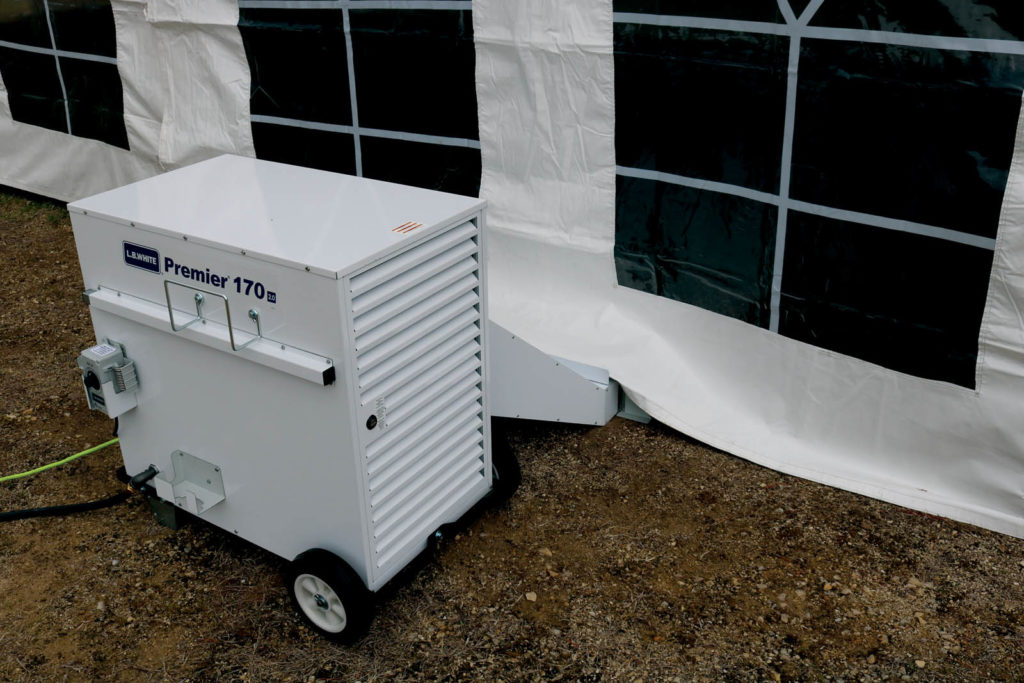
Cooling can be expensive
“HVAC for a tent can be expensive, so you want to make sure you are doing it right,” Benz says. “Aggreko has done small weddings for a few thousand dollars, up to huge ceremonies where it was $120,000 just for the air conditioning.”
One trap that event planners fall into is underestimating the costs and amount of cooling they might need, but there are simple ways to avoid this.
For example, says Behnke, when prospective clients are touring a venue examining reception tents, or visiting the site where the tent will be installed for their event, they are not always thinking about the tent in the conditions representative of the day they’re having the event. “And even if they are touring in the summertime,” she says, “they may be wearing shorts or a sundress—they’re not getting married in that attire, and they’ve got hair and makeup to consider as well.”
But it’s not just the temperature that determines how much cooling or heating you might need, explains Erik Thornton, senior account manager at Portable Air in Cocoa, Fla. “It’s what kinds of activities that take place inside as well,” he says. “If it’s just a speaking engagement, with not a lot of people moving around, there won’t be a lot of people generating heat. But other activities that might generate more heat need different accommodations.
“The biggest thing is the actual date of the event,” he adds. “For example, for a June wedding on a Saturday with the whole thing from noon to 10 p.m., I first need to find out the average temperature on that date for that location. If it’s in the state of Florida, that could be 90 degrees. From there, I’ll figure out what type of tent you’re using, what the square footage is.”
According to Thornton, by Portable Air calculations, every 100 square feet of tent requires one ton of air. “If it’s 90 degrees outside, I’m going to be able to maintain a 72-degree temperature inside,” he says. “It doesn’t matter if the doors are open or what’s going on inside.
“You also need to plan for the number of people who are going to be inside,” he notes. “So another rule that I use is every additional 33 people requires another ton. If there are 300 people coming, I’ll need at least another 10 tons on top of whatever the square footage calls for.”
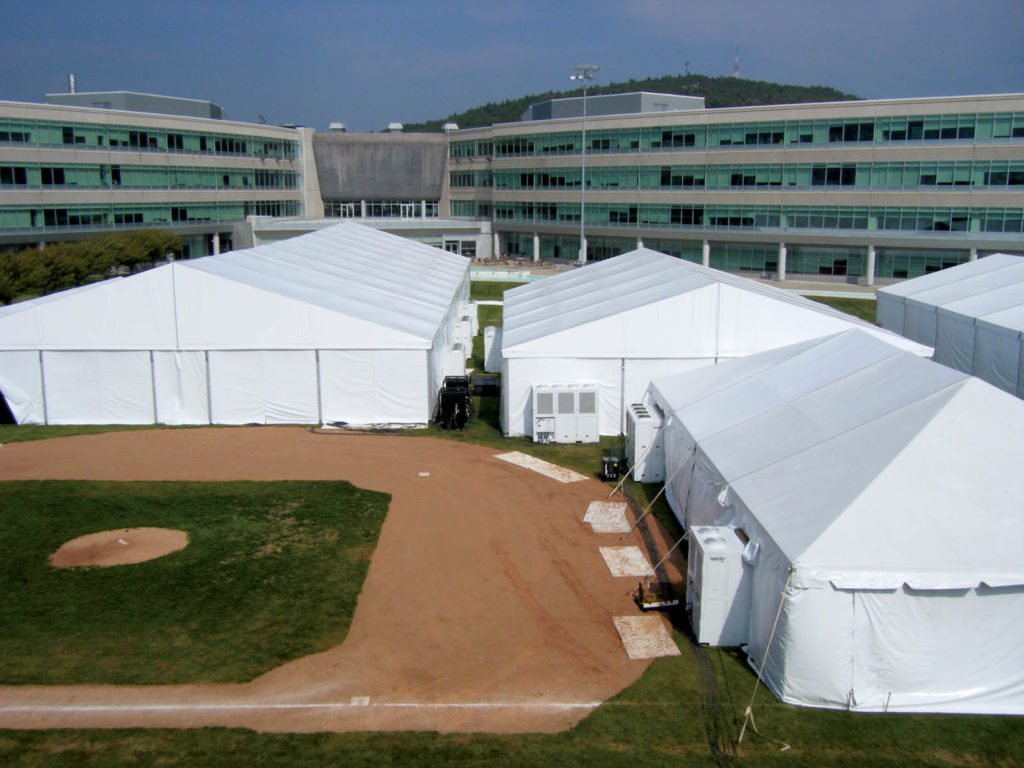
Not all equipment is equal
Equipment matters as well, Thornton says. “An upright vertical package that goes right in line with the sidewalls of the tent gives a nice seamless look inside. It produces just like a standard AC would at your house.”
However, he adds, “If it’s a big speaking engagement, with a lot of speeches or people talking inside, the vertical uprights might not be the best scenario. In that case, we’d set up an air conditioner just outside the tent and duct it inside the tent. All of the sound of the air conditioning would be outside; inside, you’d just hear a little breeze.”
The larger an event becomes, the more complex the heating and cooling system that’s required, says Benz. “For a smaller tent, you maybe can use a simple stand-alone air conditioner, for example,” he says. “But if you get into huge structures, you might need water chillers and air handlers to supply the amount of airflow you will need.”
Other factors?
“If you do a clear top or a translucent top, it can almost double the cooling power you’re going to need compared to a solid white blackout top,” Benz says.
“I’ve done weddings where they didn’t want any ducts coming through the wall,” he adds. “They wanted everything to come up through the floor, which may require you to add more equipment to get the proper amount of air distribution.”
If a large air-conditioning system is overkill, L.B. White Co. LLC, an Onalaska, Wisc.-based company that made its name in agricultural heating and portable temporary heaters, has come out with a portable evaporative cooler that works well for tents that only need slight cooling. “The system wets a pad and blows water over the pad, and it takes the temperature down 10 degrees or so, depending on the humidity, and it blows cool air throughout the tent,” says Chris Smith, vice president of marketing.
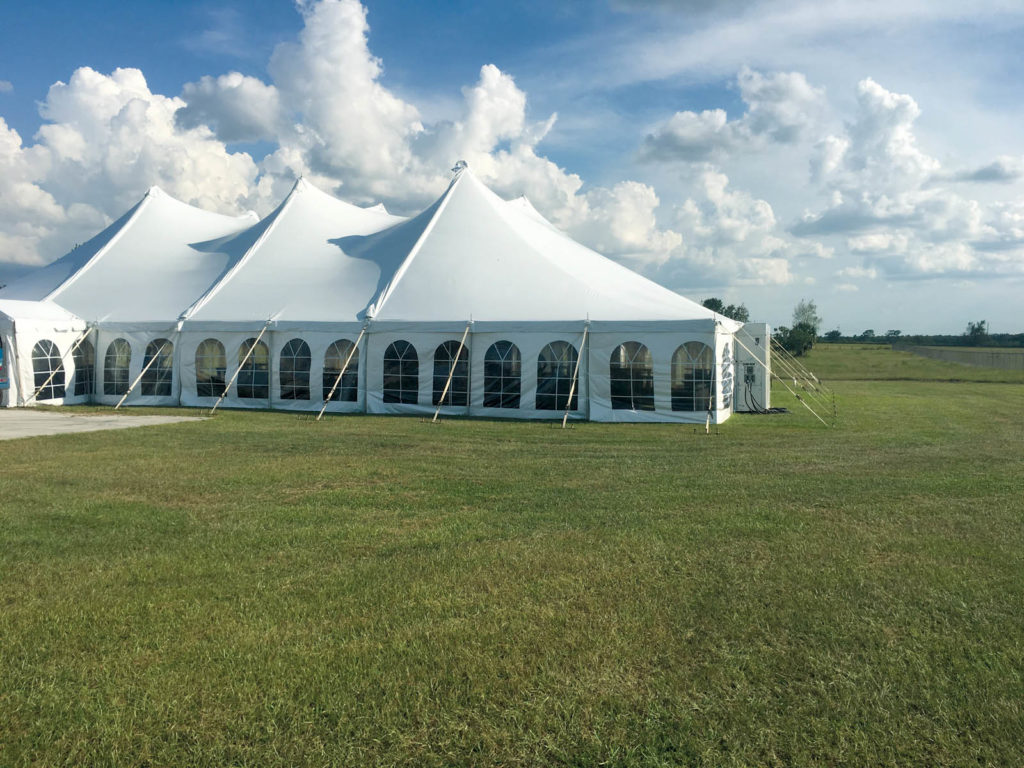
System designed for smaller tents
“So many bigger tents use big machines that do both heating and cooling, and they can get as big as a small building,” Smith says. “Our system is designed more for the smaller tent that’s up for maybe a weekend, and our unit is just rolled in and out.”
Smith offers another tip: “One of the problems people often have with a tented event is that it’s hot in one area and cool in another. It’s really about the air circulation. Make sure you have that air circulating. If there is a heater or cooler set up in one corner, put a stir fan down the road a little bit from it and have it kind of blow the air around. Or, instead of using one big unit use two smaller units and separate them a bit.”
Also, aesthetics do matter at some events more than others. “There are general rental companies that have large trailer-mounted units,” says Behnke. “You have ducts that go into the tent that kind of look like an octopus. Some people don’t like that, so that’s not how we do it. AirPac offers a more visually appealing alternative to ducted air conditioning.
“Just remember,” Behnke says, “it’s all about making the environment appealing and comfortable for your guests. What will they remember when they leave? You don’t want it to be about how miserable they were.”
Jeff Moravec is a freelance writer based in Minneapolis, Minn.
SIDEBAR: Pandemic requires better air exchange
Manufacturers and vendors of climate control equipment faced challenges in 2020 because of the pandemic, mainly because any system pumping air into a space was automatically suspect.
“It was hard,” says Tina Behnke, chief experience officer at AirPac Inc., Front Royal, Va. “It was really hard.”
Initially, with so much shut down, there was not much call for climate control services. But then, as the need for COVID-19 screening increased, AirPac started servicing such activities. “We needed to be sure to make the air as clean as possible,” Behnke says. “For example, we added UVC [ultraviolet-C] germicidal lights to the air intake on our heat pumps; as air is being circulated it is also being sanitized because it comes across the UVC lights. We had to do whatever we could to modify our product offerings, so we were doing everything possible to make the environment as safe as it could be for guests and event staff inside the tent.”
Before COVID-19, companies designed climate control in tents strictly based on how much heating and cooling was needed. But with the pandemic, the number of air changes is an important factor, says Daryl Benz, national event specialist for Aggreko Event Services in Houston, Texas.
“Before, one or two air changes wasn’t a big deal for a temporary structure,” he says. “With COVID, you need at least four to six air changes. You don’t necessarily increase the amount of cooling; you increase the amount of ventilation.”
SIDEBAR: Why cool your wedding?
When outdoor temperatures are expected to be high, it’s important to keep a tented event cool. Tina Behnke, chief experience officer at AirPac Inc., shares four reasons why:
- The bride: We’ve all heard of a blushing bride, but a hot, sticky, sweaty bride? Enough said.
- The guests: If you can’t cool the entire tent, think about having an area with spot coolers to keep the elderly (and even the cranky) comfortable.
- The food: To avoid illness from spoiled food, serve food in optimum conditions and temperatures. Extreme temperatures present a problem with presentation as well.
- The flowers: Most flowers prefer temperatures between 65 and 75°F. Unless you have exotic tropicals, the flowers you’ve paid a pretty penny for will wilt before the event is over.

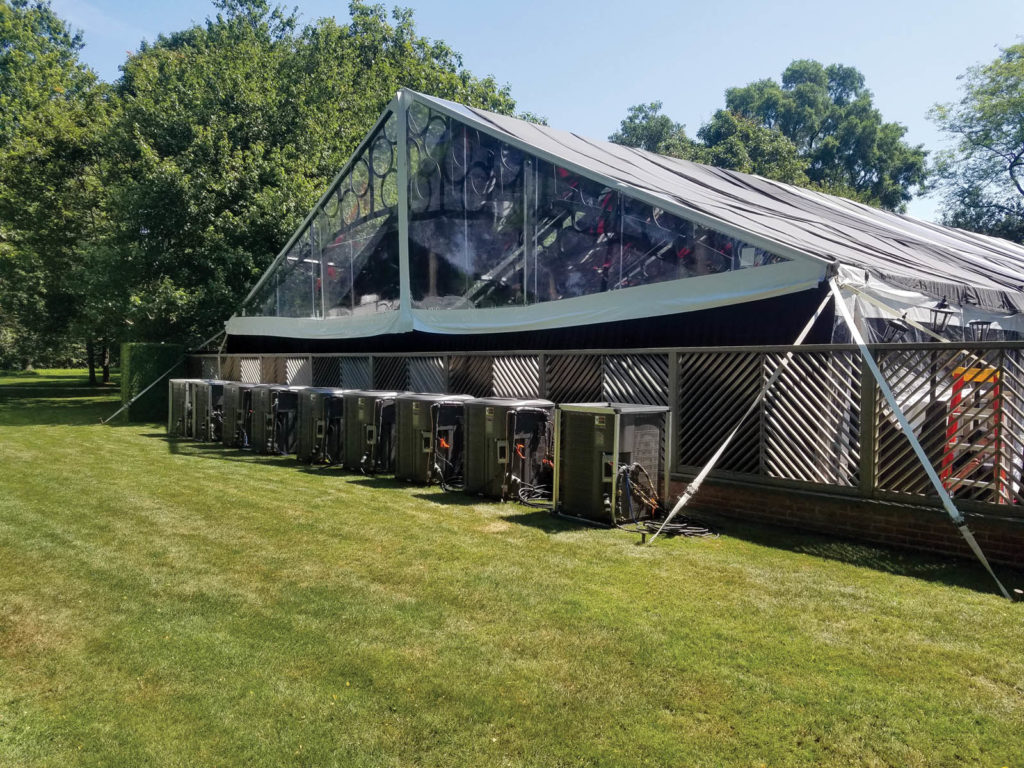


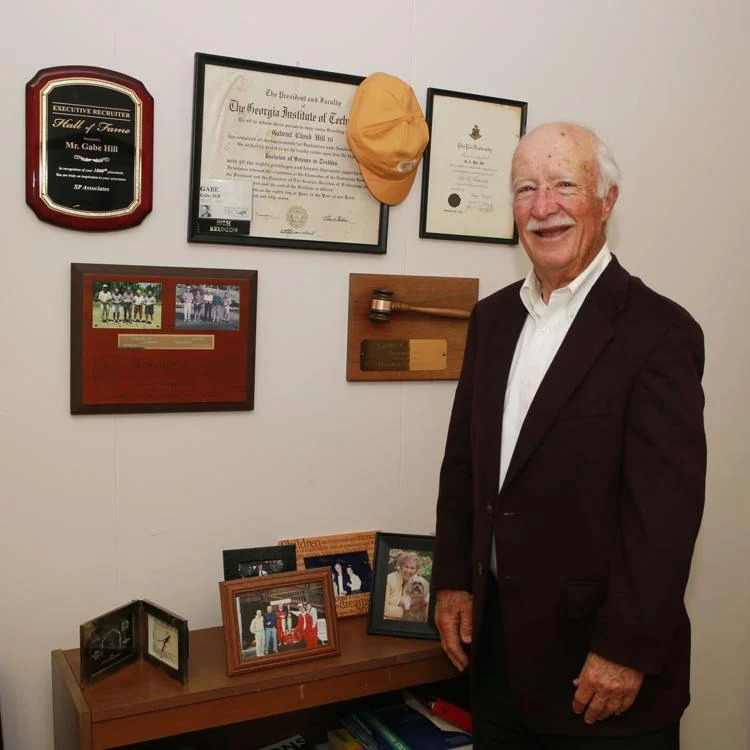
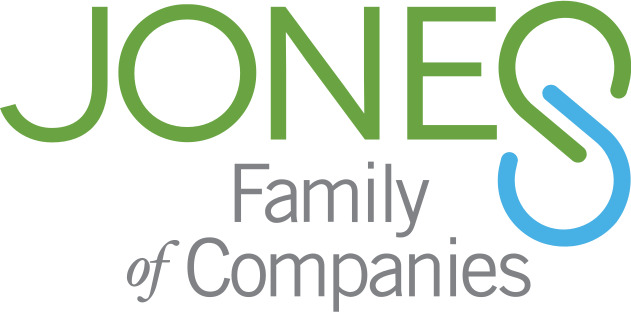


Leave A Comment